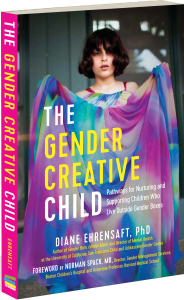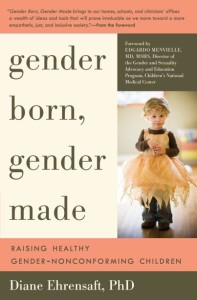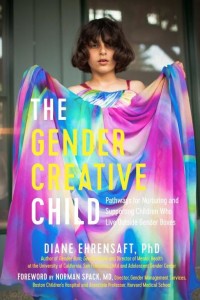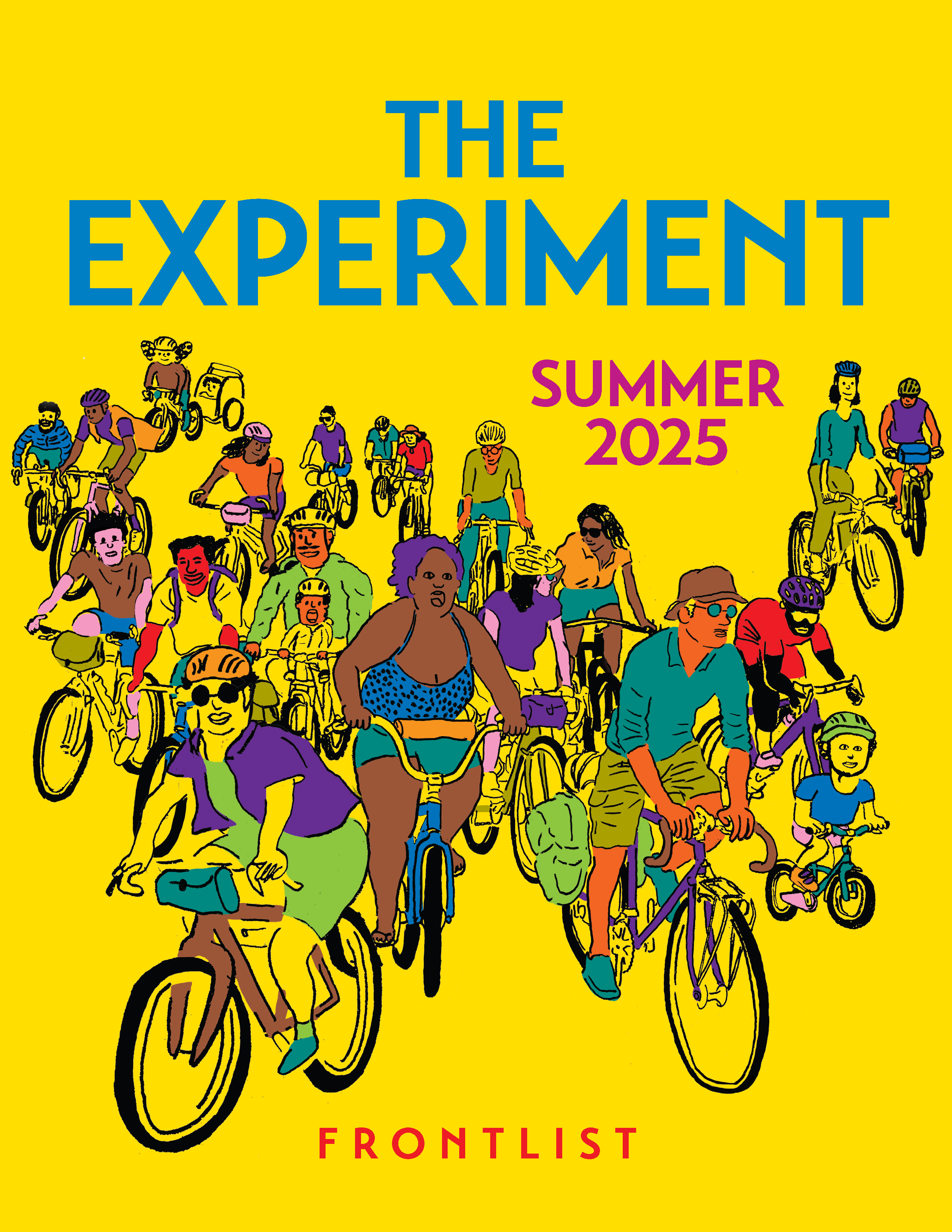The last few years have borne witness to a sea change in the way our society is beginning to understand gender variance. From Caitlyn Jenner’s high-profile advocacy for trans rights to the more recent legalization of same-sex marriage, it is easy to see our culture on a gradual path towards the positive acceptance of people who don’t feel constrained by traditional, normative conceptions of gender and sexuality. Nevertheless, the public still has a long way to go in more fully understanding the needs and realities of many people whose identities remain widely misunderstood.
In this respect, we would do well to open our ears to the often-ignored voices of our children, which can provide surprisingly profound insight. Parents, practitioners, and the broader public would all do well to take the gender expressions of our children more seriously: typically forced into a restrictive binary from birth, many are forced to suppress their true identity for a majority of their lives.

Coined by Diane Ehrensaft in her 2011 book, Gender Born, Gender Made, the term “gender creative” has come into popular usage in describing children and adolescents whose gender expressions eschew the reductive, Cartesian boy-girl dichotomy. In Gender Born, Gender Made, Ehrensaft characterizes gender creativity as “what makes the true self get launched and stay afloat. It’s about being spontaneous, being authentic, and feeling real.” Gender creativity can manifest in an abundance of forms, as is thoroughly elaborated in Ehrensaft’s new book, The Gender Creative Child, which publishes next week.
In addition to Diane’s comprehensive new resource, if you want to understand more about gender creativity or children whose identities eschew the gender binary, there are some great soureces of information available. We’ve compiled a few of these below, including talks by top practitioners and established professionals, which should serve as an introduction for anyone who is curious about learning more:
1. Norman Spack on helping transgender teens
A pediatric endocrinologist at Boston Children’s Hospital, Spack is an outspoken expert on pediatric trans issues. In this TEDTalk, he tells a personal story that connects with the challenges that face transgender teens as they go through puberty. Spack wrote the foreword for The Gender Creative Child, as well as the 2008 book, The Transgender Child.
2. Listening to Jazz Jennings
Understanding gender creativity begins with listening to non-binary adolescents themselves. Jazz Jennings is a young girl who claims that she was born into the wrong body, having made it clear that she would prefer to wear a dress from the moment she could speak. Having fully transitioned by the age of 11, Jazz knows the struggles of having been mis-gendered firsthand.
3. Diane Ehrensaft on creating a safe school environment
In this informational video produced for Kids In The House, author of Gender Born, Gender Made, clinical psychologist Diane Ehrensaft discusses practical solutions for creating safe environments for transgender children in school settings, which often present as difficult environments for gender creative children to navigate.
4. The Doctors on parenting a gender creative child
This exclusive feature from The Doctors explores the medical dimensions of gender creativity. With a practitioner’s lens, the hosts interview the parents of transgender children and discuss the historical classification of gender dysphoria in providing an overview of what it is like to raise a gender creative child.
5. Gender role stereotypes and the influence it has on a child’s creativity
Speaking through a series of stylized facts and clearly-presented infographics, this video offers an easy-to-digest overview of the role that gender stereotypes can have in effecting childhood development. This clip highlights the impact that these influences can have from a young age.
BONUS: NPR interview with Diane Ehrensaft
There is no visual component to this 2008 interview, but audiophiles will be rewarded with a rich recounting of two families and the ways in which they chose to grapple with children’s non-binary gender expressions. Ken Zucker and Diane Ehrensaft each present differing approaches to the phenomenon, highlighting an underlying divide in the medical community and reinforcing the extent to which we are yet coming to terms with gender acceptance and understanding in real time.
If you want to learn more about gender creative children, Diane Ehrensaft’s new book, The Gender Creative Child, publishes on April 5, 2016. Elaborating on the concept of gender creativity that was first established in her groundbreaking debut, Gender Born, Gender Made, Ehrensaft writes with a rare voice of authority and an overwhelming sense of compassion.




